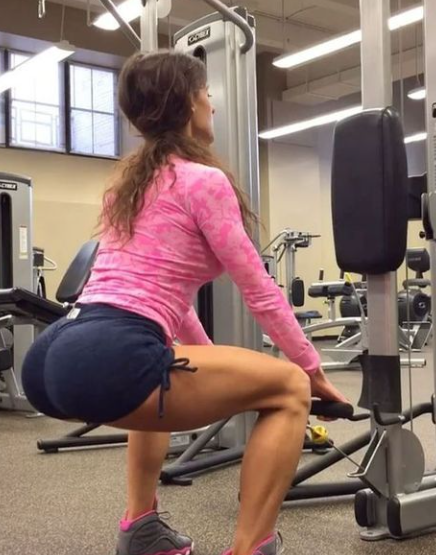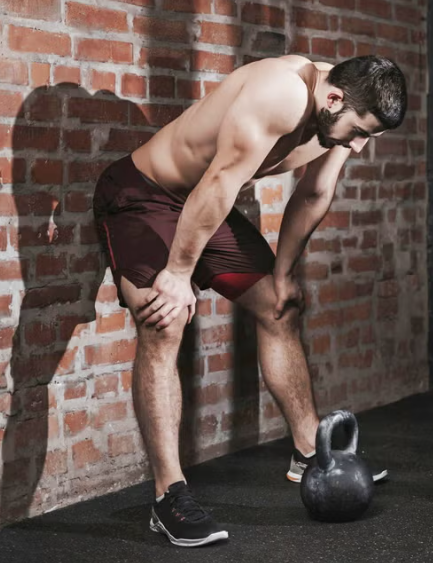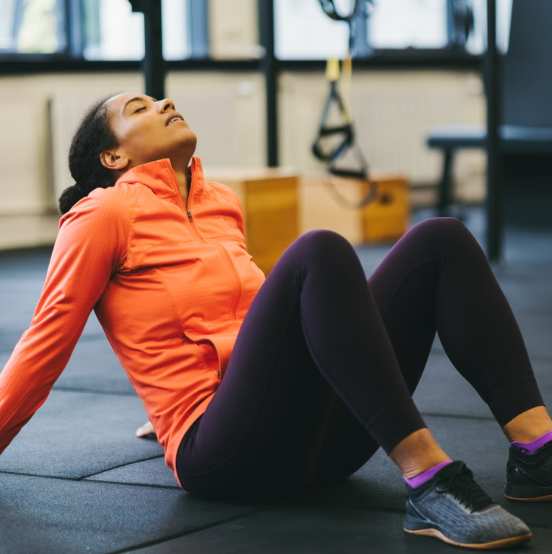
How Bar Position Affects Your Squat: Understanding the Biomechanics
The debate around squat variations is common, with terms like “hip dominant” and “knee dominant” squats being frequently used. People often adjust the bar position on their back to achieve different training effects, assuming that shifting the bar can change the muscle engagement during the squat.
For instance, moving the bar higher on the back to the top of the traps (high bar squat) or using a front squat setup is thought to increase quad involvement. The theory is that with a higher bar position, the shin angle becomes more positive, which leads to the knees traveling further over the toes, thus activating the quads more. Front squats, in particular, tend to place the bar in front of the body, resulting in a greater shin angle and, theoretically, more emphasis on the quads compared to a high bar squat.
However, this logic doesn’t hold up when you look at the actual muscle activity during these squat variations. Research shows that no matter where the bar is placed or the shin angle, the muscle activation in the quads remains the same. The key reason behind this lies in the co-contraction of the hamstrings.
The hamstrings are a biarticulate muscle group, meaning they cross two joints: the hip and the knee. Because of this, they can both extend the hip and flex the knee. During a squat, the primary role of the quads is to extend the knee, and while a more positive shin angle does increase the moment arm for the knee extensors, this alone doesn’t make the squat more “quad-dominant.” In reality, when you sit back more in the squat (making it more hip dominant), you decrease the moment arm for the knee extensors, but the quads must work harder to fight the co-contraction of the hamstrings.
What’s happening here is that the body naturally tries to engage monoarticulate muscles first. The glutes are the primary hip extensors in the squat, while the quads extend the knee. If the hamstrings take over the role of hip extension, it comes with a cost because they also act to bend the knee, making things more difficult for the quads. Ideally, the hamstrings should kick in at the sticking point of the squat, when some knee extension has already occurred, giving the quads more leverage to extend the knee without the hamstrings interfering too much.
A common technical breakdown happens when the knees extend slightly, the hips shift back, and the chest pitches forward as the lifter struggles to complete the squat. This is often a sign that the body is shifting the load away from the quads and onto the hamstrings, glutes, and back. While this may sound like a clever way to lift more weight, it actually compromises the technique. A forward-leaning torso shifts the barbell away from the center of gravity, making the lift more challenging. You want the barbell to stay over the midfoot, right in line with your center of gravity, to lift efficiently.
This forward lean is often attributed to weak quads, but that’s not always the case. Sometimes, it’s the glutes that are lacking. Weak glutes can result in a shift to the hamstrings for hip extension, which further contributes to this issue. Interestingly, many people find that their hamstrings are stronger than their glutes, which could be a result of sedentary lifestyles. So, when the hips shift back during the squat, it could be that the hamstrings are better suited for the task than the glutes.
Another factor to consider is how the bar position affects your squat mechanics. The main difference between high bar, low bar, and front squats is the position of the bar on your back. The lower the bar is placed, the shorter the torso becomes for the lift. This reduces the moment arm for the thoracic extensors (the muscles in the upper back), which in turn makes the lift easier on your back. In contrast, the high bar squat requires more involvement from the back muscles due to the greater torso lean.
Some athletes, like weightlifters, are able to squat with a high bar position despite its greater demand on the back. However, as they progress and lift heavier weights, they might need to adjust to a lower bar position. The lower bar placement allows for a more upright torso, which could lead to a more efficient squat and less strain on the back muscles.
The goal of squatting is to lift as efficiently as possible, so finding the squat variation that best suits your body mechanics is essential. If you’re a competitive powerlifter, a low bar squat might be the best option, but if you’re training to get stronger without the competitive aspect, a high bar or front squat may work better for you. Additionally, if you’ve experienced knee pain, a more hip-dominant squat (low bar and sitting back more) might be the best way to limit stress on the knee joint.
For individuals with back issues, high bar squats or front squats might offer a safer alternative because they put less shear force on the spine. People with hip discomfort might benefit from the low bar position as well, as it can help shift the femur back in the hip joint, relieving pressure on the front of the hips.
Ultimately, the key to improving your squat is to experiment with different bar placements and find what feels most comfortable and effective for your body. Focus on strengthening your quads, glutes, and hamstrings, and strive to maintain an upright torso while keeping the barbell over your midfoot. Whether you prefer a low bar, high bar, or front squat, ensuring proper technique and targeting the right muscles will help you lift more weight and stay injury-free.




